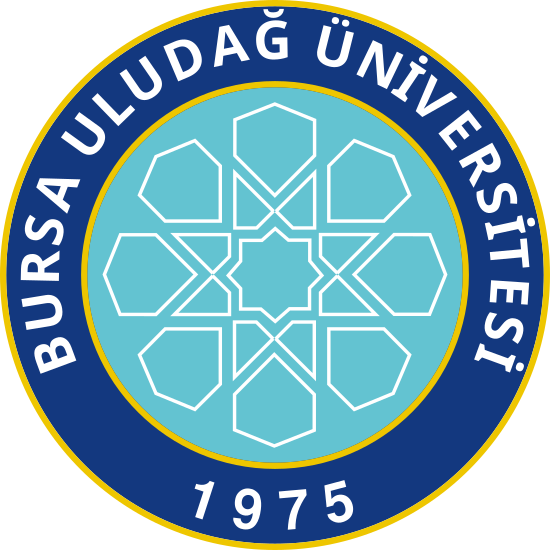Bu öğeden alıntı yapmak, öğeye bağlanmak için bu tanımlayıcıyı kullanınız:
http://hdl.handle.net/11452/31133| Başlık: | Prediction of parameters which affect beach nourishment performance using MARS, TLBO, and conventional regression techniques |
| Yazarlar: | Karasu, Servet Nacar, Sinan Uzlu, Ergun Yüksek, Ömer Bursa Uludağ Üniversitesi/Mühendislik Fakültesi/İnşaat Mühendisliği. 0000-0003-0897-4742 Kankal, Murat AAZ-6851-2020 24471611900 |
| Anahtar kelimeler: | Beach nourishment Multivariate adaptive regression splines Sediment transport Shore protection Teaching-learning based optimization Learning-based optimization Splines Models Evolution Climate Rates Area Set Marine & freshwater biology Oceanography |
| Yayın Tarihi: | 9-Ağu-2019 |
| Yayıncı: | Springer |
| Atıf: | Karasu, S. vd. (2020). "Prediction of parameters which affect beach nourishment performance using MARS, TLBO, and conventional regression techniques". Thalassas, 36(1), 245-260. |
| Özet: | Artificial beach nourishment is one of the most important environmentally friendly coastal protection methods since it protects the aesthetic and recreational values of the beach and increases its protective properties. Therefore, the main aim of the current study is to assess the accuracy of multivariate adaptive regression splines (MARS) in predicting the parameters, namely sediment transport coefficients (K) and the diffusion rate (omega), which affect beach nourishment performance. The performance of the MARS was determined by comparison of the models using exponential, linear, and power regression equations trained by conventional regression analyses (CRA) and the teaching-learning based optimization (TLBO) algorithm. In all models, two different input data obtained from the experimental study were used, one dimensional and one non-dimensional. The results presented that the MARS models gave lower error values than the CRA and TLBO models according to the root mean square error, mean absolute error, and scattering index criteria. When the models were evaluated, it was revealed that dimensional and non-dimensional models gave approximate results. We proved that the dimensional and non-dimensional MARS models can be used to estimate the (K) and (omega) values. |
| URI: | https://doi.org/10.1007/s41208-019-00173-z https://link.springer.com/article/10.1007/s41208-019-00173-z http://hdl.handle.net/11452/31133 |
| ISSN: | 0212-5919 2366-1674 |
| Koleksiyonlarda Görünür: | Scopus Web of Science |
Bu öğenin dosyaları:
Bu öğeyle ilişkili dosya bulunmamaktadır.
DSpace'deki bütün öğeler, aksi belirtilmedikçe, tüm hakları saklı tutulmak şartıyla telif hakkı ile korunmaktadır.
